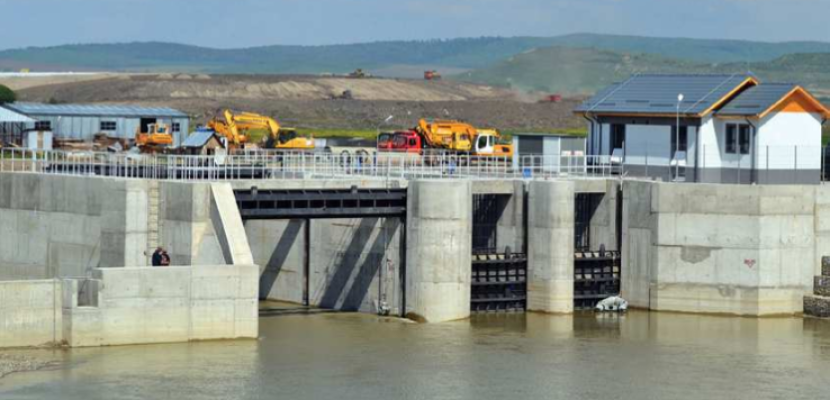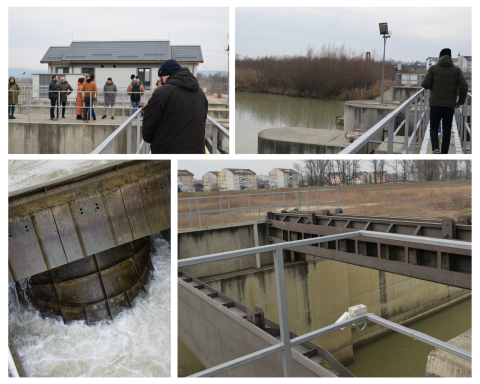
Sustainable energy and environmental benefits of the Moldova River Microhydropower Plant

About this good practice
The Moldova River Microhydropower Plant tackles key challenges in sustainable energy, rising municipal costs, and environmental concerns. Amid the energy crisis, it reduces dependence on external suppliers and enhances local energy independence with EU funding.
A key aspect of this initiative is citizen involvement and social acceptance. The project has gained strong local support as it directly benefits residents by providing cost-free public lighting, reducing municipal expenses by 30% through LED upgrades, and redirecting public funds toward essential community services. By ensuring stable and affordable energy, the plant alleviates financial pressure on local authorities while demonstrating the potential of renewable energy to enhance public welfare.
Beyond financial relief, the project has improved environmental conditions, increasing groundwater levels and securing water availability for nearby communities. Additionally, the creation of a micro-delta has enriched local biodiversity, attracting bird species previously unseen in the area. These ecological benefits have strengthened public approval and reinforced the value of renewable energy investments.
As the municipality plans a second plant, citizen involvement remains crucial. Transparency and engagement will help maintain support, ensuring that social, economic, and environmental benefits continue to drive the region’s sustainable energy transition.
Expert opinion
Resources needed
The €4.77 million project was funded through the Operational Sectoral Program: Increasing Economic Competitiveness, Priority Axis 4: Increasing energy efficiency and supply security, Area 4.2: Utilization of renewable energy resources for green energy production.
Evidence of success
The Moldova River microhydropower plant generates 3 GWh/year, fully covering Roman’s public lighting and cutting municipal energy costs by 30% through LED upgrades. It contributes 2,000 MWh/year to the national grid and has created eight permanent jobs. The project raised groundwater levels, improving local water availability, and formed a micro-delta, enhancing biodiversity. Its success has led to plans for a second plant to strengthen energy resilience and water management.
Potential for learning or transfer
The plant provides valuable insights for regions in sustainable energy and local resilience. Key factors for successful transfer include integrating renewable energy to reduce municipal costs, creating jobs, and fostering environmental benefits like biodiversity and improved water management. This model can be replicated in areas facing energy dependence or climate change, especially where suitable water resources exist. The low-maintenance, cost-effective solution reduces reliance on external suppliers. However, challenges like securing funding, regulatory approvals, and adapting to local hydrology must be addressed. Success depends on securing financial support, particularly through EU funding, and engaging local stakeholders for long-term sustainability. Although no direct transfers have been made yet, this model aligns with EU green energy goals and could benefit regions in Eastern Europe and beyond, particularly those facing rising energy costs.
Further information
Good practice owner
You can contact the good practice owner below for more detailed information.

